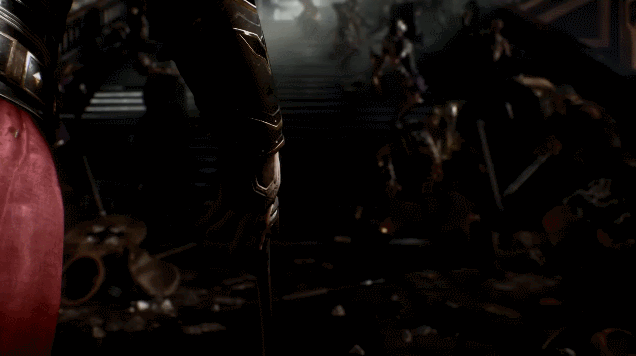There are, in reality, no ancient references to the thumbs going either up or down in the Colosseum, at the vital moment of decision. Later authors who have claimed so have simply not understood the Latin phrases. Pollice verso does not mean a down-turned thumb it simply means a turned thumb -- one that is moved in some unspecified way. No particular direction can be assumed. The posture of the thumbs of those wishing to spare the gladiator was pollice compresso -- compressed thumbs. In other words, not thumbs up, but thumbs covered up -- thumbs folded away out of sight. What the spectators did, in fact, was to extend their thumbs for a kill and hide their thumbs for an acquittal. The reason for this is not hard to find. If they wanted the victorious man to plunge in his sword, they mimed the act with their hands, their extended thumbs stabbing the air in encouragement. If they wanted to spare the defeated fighter because he proved himself valiant in battle, they did the opposite of sticking out their thumbs -- they hid them away. This made sense in an arena as vast as the Colosseum, where the kill/no-kill signals would have to he strongly contrasting to he visible at all.





